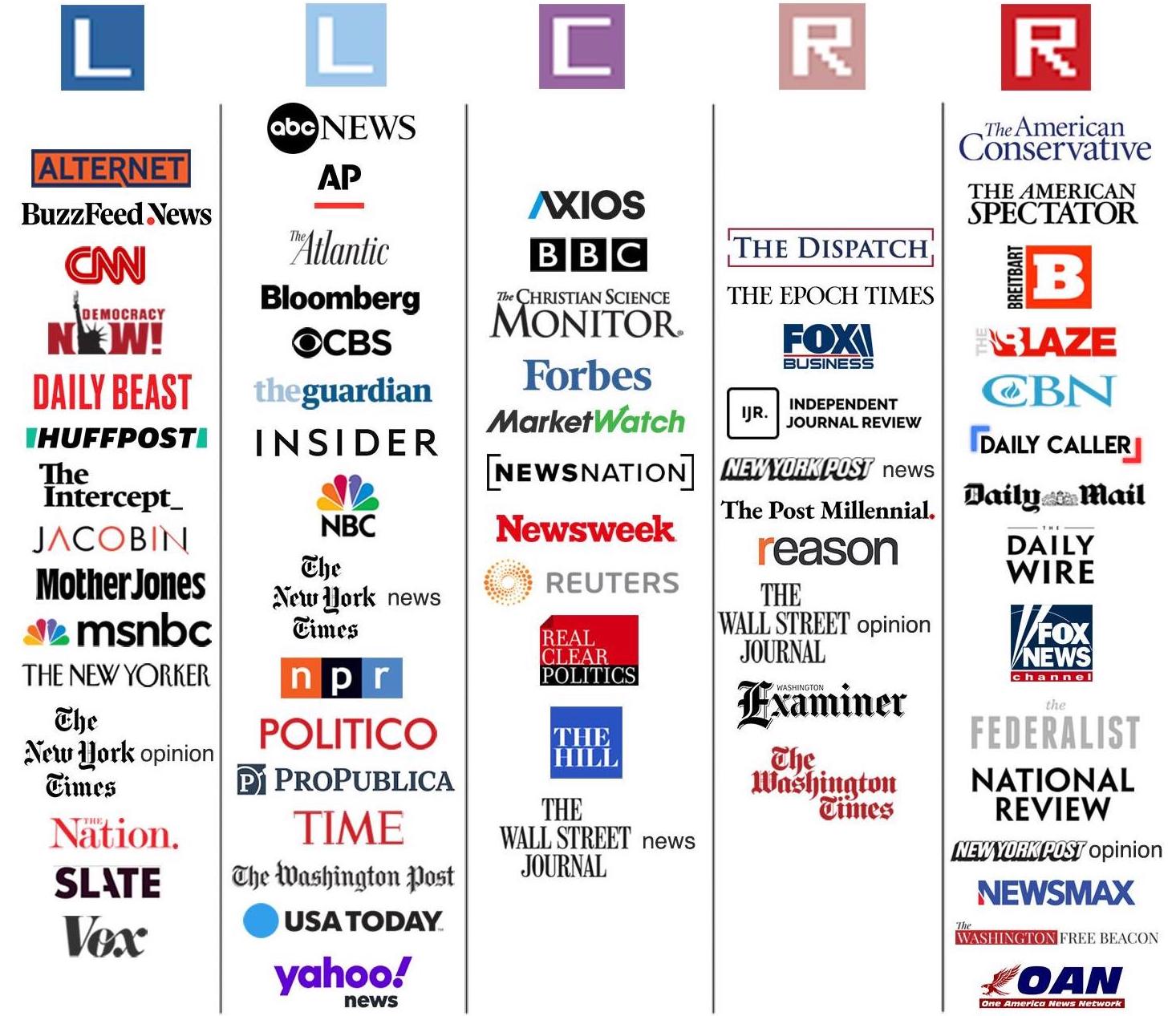Identifying and Analyzing Bias in American Media
Natural Language Processing
As the leader for this project, I facilitated meetings, developed an API to gather specific data from articles, and created an AI algorithm. It’s a well-known fact that news articles for the same story can differ dramatically between media outlets. In particular, political affiliations and values are known to contribute a fair amount of bias. So, in a time where controversial situations occur on the daily and issues are extremely polarized, we wanted to investigate the effect of news media on the bias of readers. We chose a total of five topics from which to compare news articles: the January 6th Capitol riot, climate change, COVID-19, the Electoral College, and gun control. Then, for each topic, we analyzed articles from ten companies on different parts of the political spectrum: CNN, MSNBC, The Atlantic, The New York Times, Real Clear Politics, The Wall Street Journal, The EPOCH Times, the American Conservative, FOX News, and the Federalist.
To analyze the articles, we used a variety of NLP techniques, such as the Flesch reading scale, sentiment analysis of headlines and articles, topic modeling, entity recognition, and text summarization. One of our primary findings was that articles only showed a certain side of a controversial issue, which most often aligned with the political beliefs of that media company. Additionally, through building machine learning models, we found that the best remedy to bias is reading content from a variety of different news outlets, which ensures you get the full picture. We hope that this project shines some light on how severely what we read changes our perceptions, and the importance of understanding more than one side of a problem.





